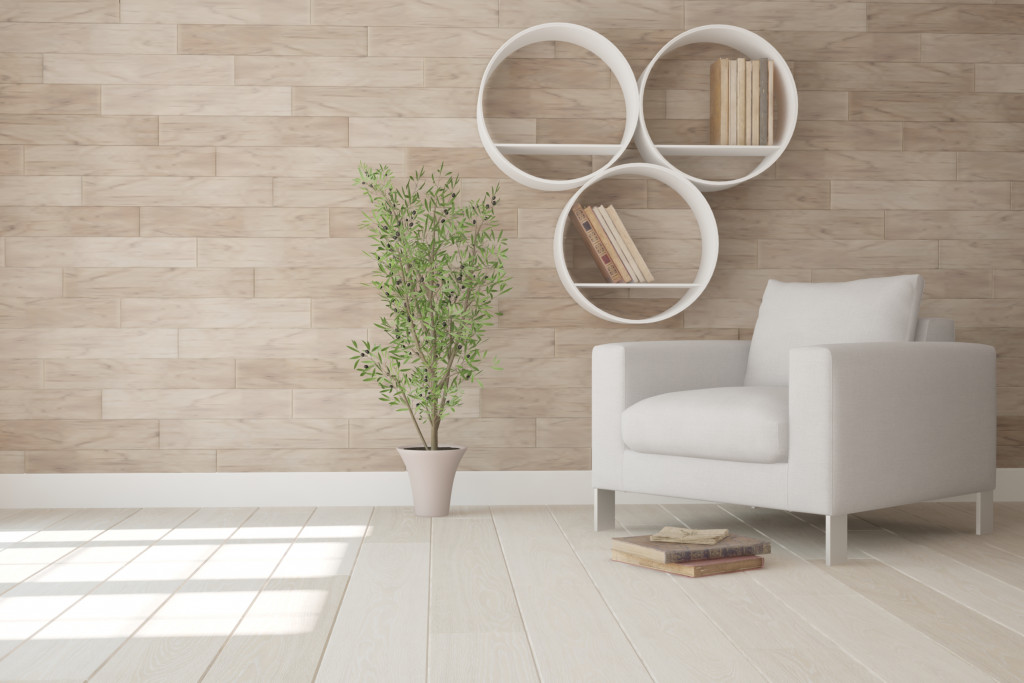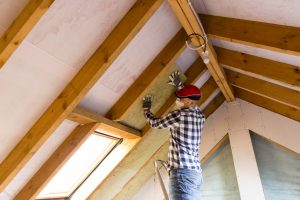You have little control over the topography of the land you get for your home construction. In some instances, sloped land might be the one with the best view or the only available that suits your budget. In this case, some property investors will start counting their losses believing they will not do much with sloped land. But with a retaining wall, you can transform your sloped land into usable space. This wall is a stabilizing structure designed to hold back the earth.
A foundation construction company based in Salt Lake City might use the retaining wall to stabilize the construction, avert soil erosion, and generate some visual interest to your landscape. Some retaining wall designs will also boost the privacy of your property and improve water drainage. The following are your design options for a retaining wall:
Gravity Wall
Gravity wall is the most basic type of retaining wall. It uses its sheer mass and weight to hold the soil on sloping land. Since it relies on considerable weight, a gravity wall uses the highest amounts of materials compared to other options.
Pavers, dry-stacked stones, and bricks are a few of your material options for gravity walls. Low gravity retaining walls will generally need no extra reinforcement. But tall walls will require a small ditch with a footer for the wall’s construction.
Cantilevered Wall
A cantilevered wall is also known as a reinforced retaining wall because of the steel bars running through it. Building it involves having the retaining wall attached to a slab foundation running under the soil in an L position. The weight of the ground above the cantilevered wall holds down its slab so that it will not tip forward.
Cantilevered walls are the most popular for commercial buildings because they are strong enough to hold the weights of a multi-story building. These buildings often use buttressed or counterfort cantilevered retaining walls that have extra vertical wings to boost the rigidity and strength of foundations.
Sheet Piling Wall

A sheet piling wall is the popular choice in sloped land with limited space. Sheet piling retaining walls are thin layers made of wood, vinyl, or steel driven straight into the ground. They have vertically corrugated walls for extra reinforcement. Sheet piling walls work best for soft soils. Ideally, one-third of sheet piling should be in the ground and two-thirds above ground. Large sheet piling retaining walls will need extra anchoring to strengthen them.
Anchored Walls
Anchored walls feature several “fronts” that will be supported using anchors. The anchors are installed into the ground behind the “fronts” then attached using strips or cables. Contractors usually expand the installed anchors by mechanical means or by injecting concrete into them. Anchored retaining walls are typically used to generate extra support for walls that are structurally thinner or in places where you expect high structural loads.
Some sites advocate for DIY construction of retaining walls less than four feet tall. Regardless of the size and type of a retaining wall, however, several expert calculations go into its construction. Some localities also need construction permits that can only be filled by experts. So, it’s best to work with an experienced contractor for this wall construction.






